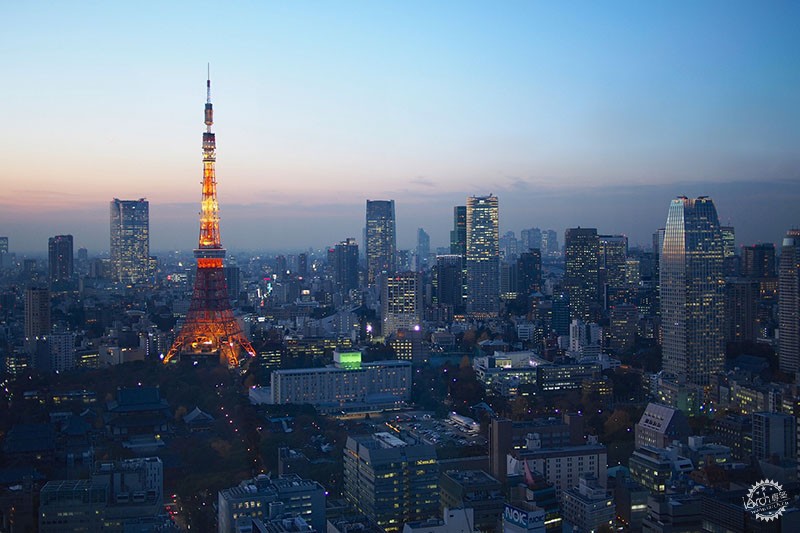
© Flickr user balintfoeldesi licensed under CC BY 2.0
大都市、大都会、大城市、全球化城市之间有什么区别?
What's the Difference Between a Megacity, a Metropolis, a Megalopolis and a Global City?
由专筑网李韧,蒋晖编译
对于现代文明来说,城市至关重要。不同城市的文化、规模、特点都有所区别,在其发展的过程中,某些区域的发展会突飞猛进。从历史上来说,城市的人口规模是其发展的重要指标,城市越大,其产值也越大。然而,随着上世纪的大规模城镇化进程,城市发展的重要元素变得愈发模糊。城市景观的类型多种多样,对于建筑师和规划者而言,首先要明白城市类型的区别,然后再有的放矢地进行设计与规划。那么下文列出了上世纪出现的几种城市类型的定义。
You can’t define modern civilization without mentioning its cities. These urban settlements vary in culture, size and specialty, with certain areas becoming more significant throughout the development of a region. Historically, the size or population of a settlement was a general indicator of its importance—the bigger city, the more power it yields—however, with the large rural-to-urban migration of the last century, it has become harder to define what makes a city important. There are many types of urban landscapes, and for architects and planners it is vital to efficiently categorize settlement types in order to successfully develop designs and city plans. The following list provides four key definitions that have emerged in the last century.
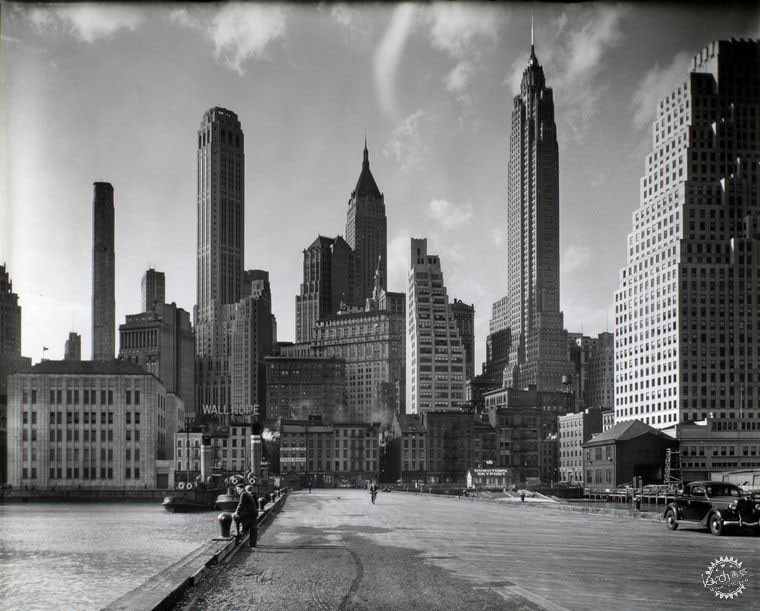
© Berenice Abbott
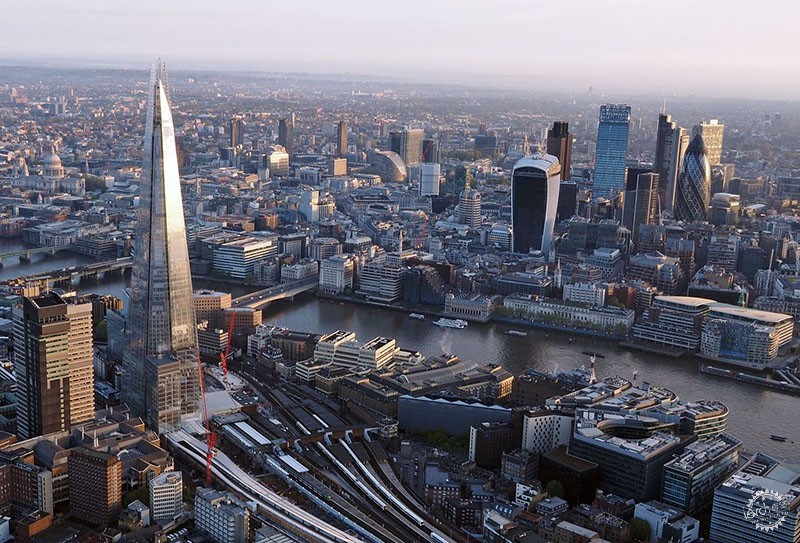
© Daniel Chapman licensed under CC BY-SA 2.0
全球化城市
这个概念起源于1886年,在英国利物浦港口的全球贸易中,该词语首次出现。而就现代全球化理念来说,“全球化城市”这个词在1991年由Saskia Sassen而推广,其主要代表城市有伦敦、东京、纽约等等。这些城市在世界经济的发展中占据了重要地位,同时也是全球货物和贸易服务的重要区域。
其实要明确定义“全球化城市”的概念比较困难,因为无法严格地从人口和规模进行判定,但这些城市也有着一些共同点。首先就经济而言,全球化城市必须服务于多种国际经济形势,多家跨国公司的总部也应设置于此。就社会而言,全球化城市必须具有多种多样的文化、宗教、意识形态及语言。诸如上文提到的利物浦等城市曾经就是全球化城市,而现在却已不在其行列之中,但是诸如上海等城市则被列入其中。
Global City
Tracing back to 1886, its first recorded use described the English port of Liverpool’s involvement in global trade. Now crucial to the modern idea of globalization, ‘global city’ as a term was popularised by Saskia Sassen in 1991 with the cities of London, Tokyo and New York serving as the prime examples. These cities are key locations within the world economy, acting as crucial centres for the global trading of goods and services.
Not strictly dictated by population or size, it is sometimes hard to quantify what makes a global city, but there are several unifying characteristics. Economically, they must serve a variety of international economic services and host the headquarters for several multinational corporations. Socially, it must have a high diversity of cultures, religions, ideologies and languages. There are several cities—like the aforementioned Liverpool—that were once global cities and now are not, and several whose importance is increasing,such as Shanghai.
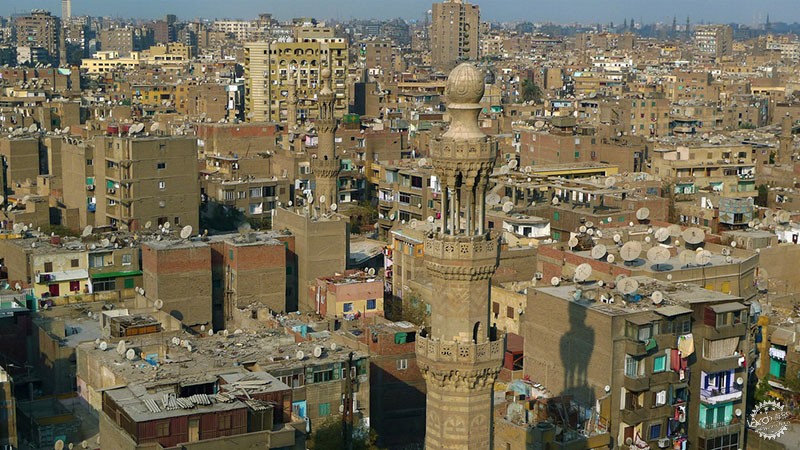
© Luc Legay licensed under CC BY-SA 2.0
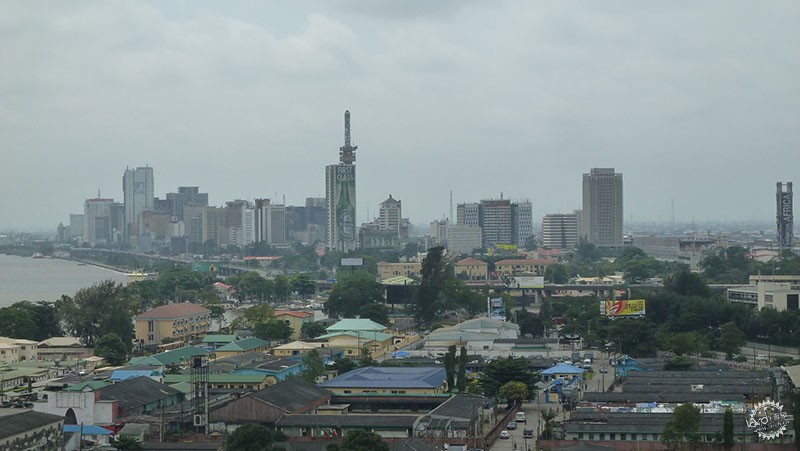
© Flickr user 126887487@N04 licensed under CC BY 2.0
大都市
大都市来源于希腊语的“母城”,最初是移民被派去发现和殖民其他地区的地方。而这一概念现在已经逐渐发展为大城市的代名词,大都市是国家和地区社会经济活动的重要场所,与全球化城市有着许多相似特征。
然而,这两个词语之间仍然有着细微的差别,大都市强调了一定的国际地位。许多城市的生活、发展以及基础设施的程度较低同样也会影响到其全球化城市的身份。因此,全球化城市肯定是大都市,但是大都市却不一定是全球化城市。开罗和拉各斯就是后者的代表。
Metropolis
A metropolis, from the Greek for ‘mother city’, was initially the places from which settlers were sent to discover, and colonize other areas. It has since developed into a descriptive term for large cities that are key centers of national and regional socio-economic activity, sharing many of the same characteristics with a global city.
However, the two terms vary due to the smaller emphasis a metropolis places on international significance. The lower standard of living, development and infrastructure in many metropolises can also impact their status as a global city. As a result, a global city is always a metropolis - but a metropolis isn’t guaranteed to be a global city. Cairo and Lagos reflect the latter.
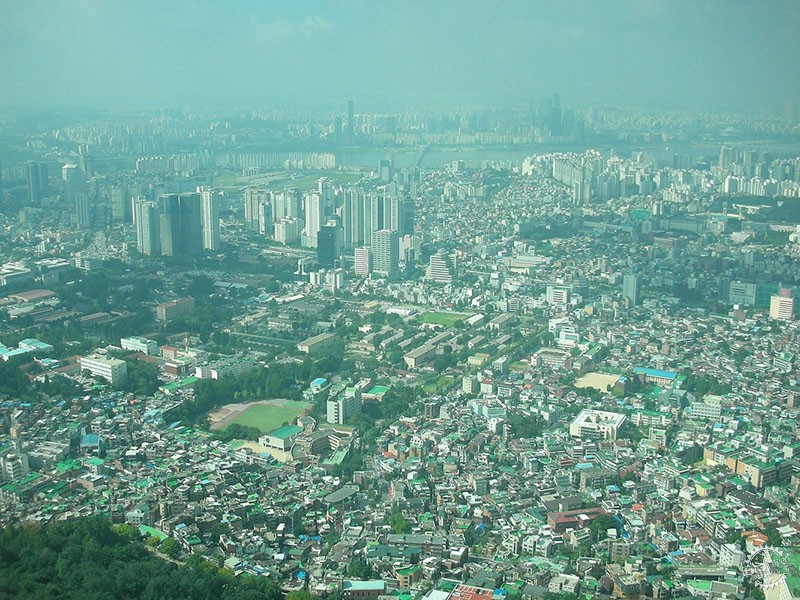
© Foxy Who \(^∀^)/ licensed under CC BY-SA 3.0
大城市
“大城市”的概念主要用于描述人口超过一定数量的城市。这个词语最早起源于1904年,由得克萨斯大学的学者最先提出。由于不同的组织有着不同的解释,这个词语的定义仍然有些模糊不清。大众普遍认为,人口超过1000万的城市就能被称为是大城市,但是,就现代城市而言,人口超过800万的地区,或者人口密度为每平方公里2000人的区域,也能称为大城市。
现代标准来看,第一个现代城市是纽约,其在1936年的人口数量就已经超过了1000万。从早几年的趋势来看,大城市多出现在传统的发达地区,例如巴黎、伦敦、东京。然而,近几年则有着一些改变,全球共有47座大城市,其中70%出现在亚洲,并且随着全球化的趋势,这些数字还会上涨。如今,人口排名前五的城市为日本东京、中国上海、印尼雅加达、印度德里、韩国首尔。
Megacity
Much less subjective, a ‘megacity’ has been used to describe cities with over a certain amount of inhabitants. The term was first documented by the University of Texas in 1904. Seemingly clear-cut, the definition has some ambiguity, as different organizations suggest different criteria. A city with over 10 million inhabitants is the most widely accepted definition; however, others include urban areas with only 8 million people and also with a population density of 2000 per square kilometer as a megacity.
The first megacity by modern standards was New York, which had surpassed the 10 million population mark by 1936. The early trend saw many of these cities appear in traditionally developed areas—such as Paris, London and Tokyo. However, in recent years there has been a shift. Almost 70% of the current 47 megacities are found in Asia, and this figure is likely to increase in the coming years as the global movement into urban areas continues. Today, the top five most populated cities are Tokyo, Shanghai, Jakarta, Delhi and Seoul.
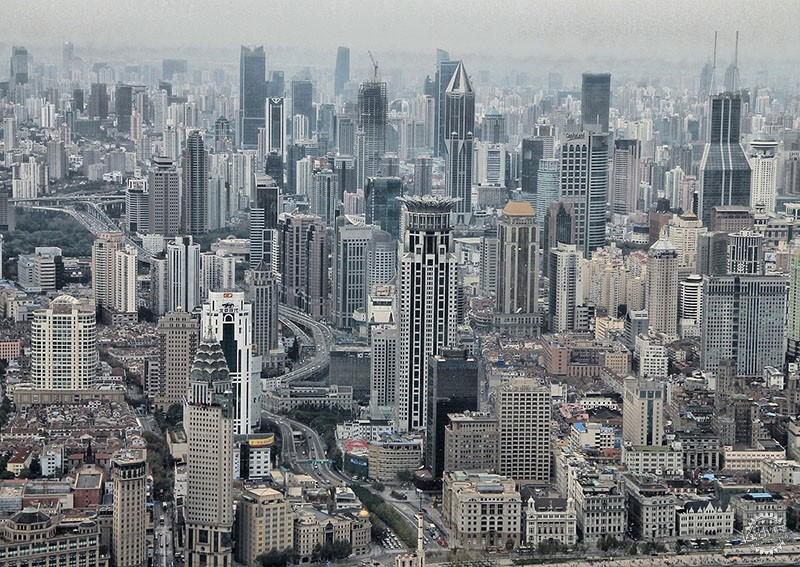
© Haluk Comertel licensed under CC BY 3.0
大都会
一些各大方面都发展良好的城市被称为大都会,这个词语最先出现于20世纪。其出现的原因多种多样,因为有的城市相较于其他城市有着更快的发展速度。而大都会的出现也和其城市的地理位置息息相关,这些城市往往有着便捷的国际交通。大都会的发展对其周边地区也能产生积极的影响,其代表案例是美国波士顿到华盛顿沿线地区,然而,正如大城市一样,近几年来亚洲的大都会的发展也相较其他地区要快得多,例如中国的珠江三角区和印尼的雅加达、万隆一线。
Megalopolis
A cluster of well-networked cities is called a megalopolis, a term first used in the early 20th century. These can occur for a variety of reasons since certain areas tend to attract more growth than others. Geography can play a large role in the location of megalopolises, as can good international and regional transport links. The subsequent economic growth of one city can have a positive impact on neighboring locations. One of the first examples of a megalopolis was the north-eastern coast of the USA from Boston to Washington—the Bos-Wash Megalopolis. Much like megacities, however, there are more of these regions developing in Asia than anywhere else right now, such as the Pearl River Delta in China, and the Unified Jakarta-Bandung metro area in Indonesia.
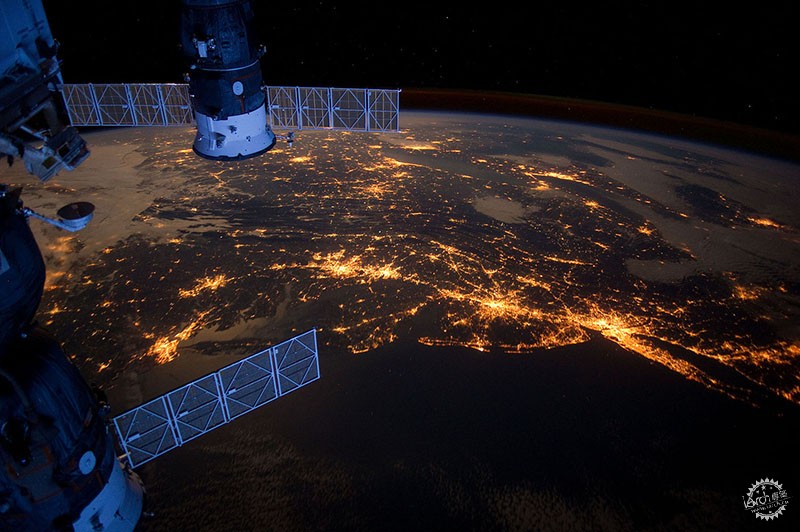
© NASA
|
|
